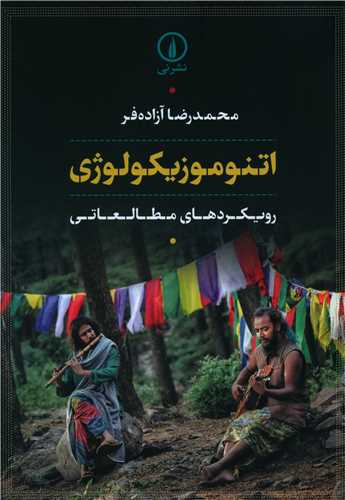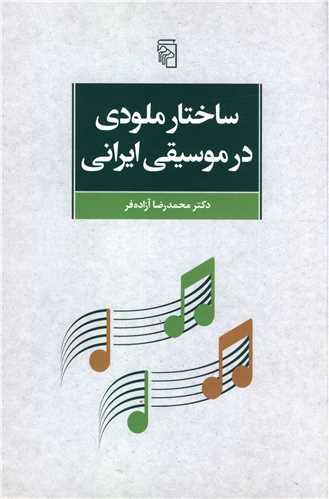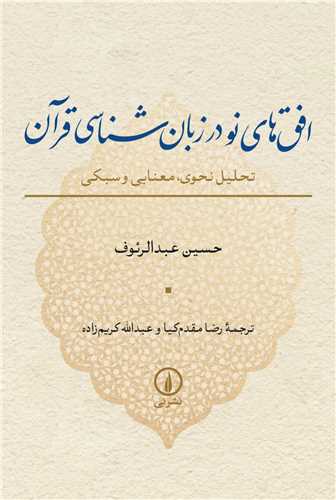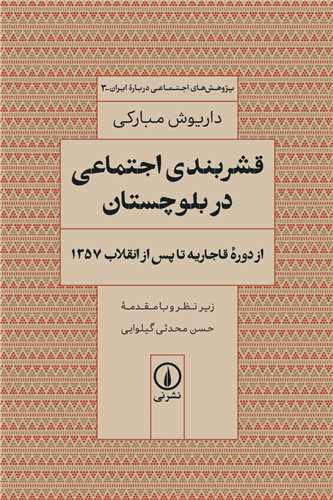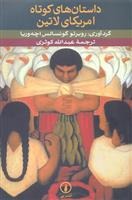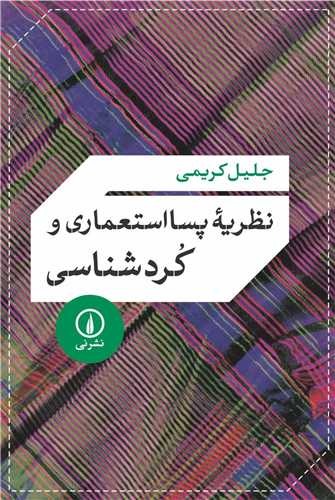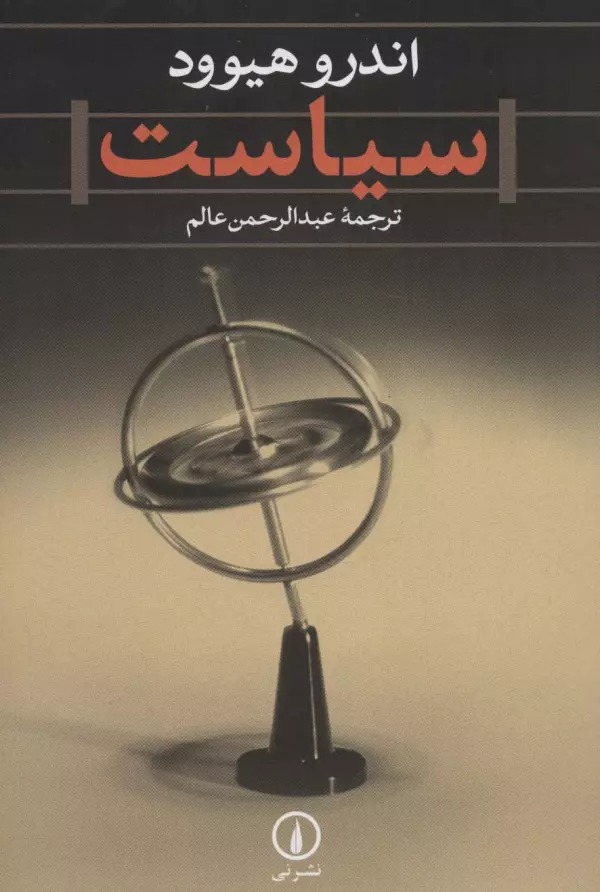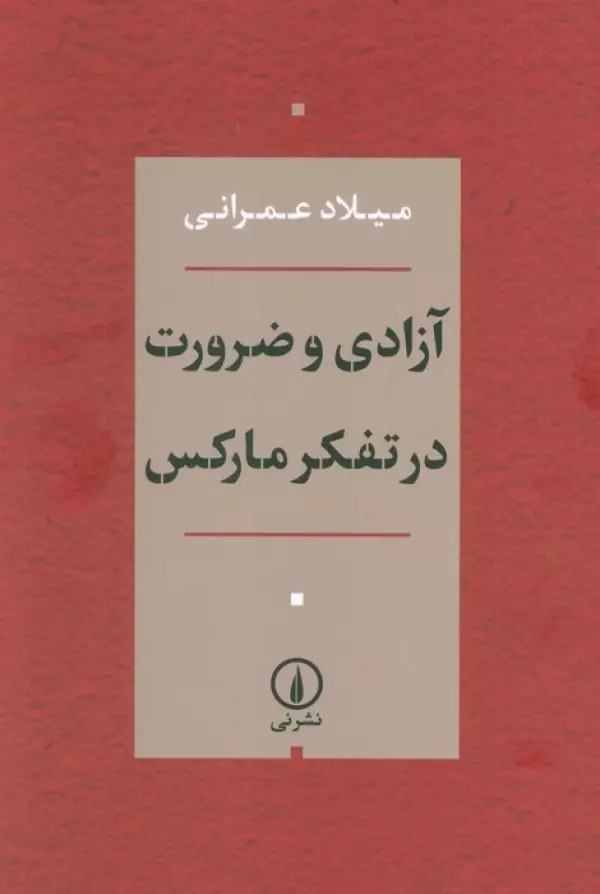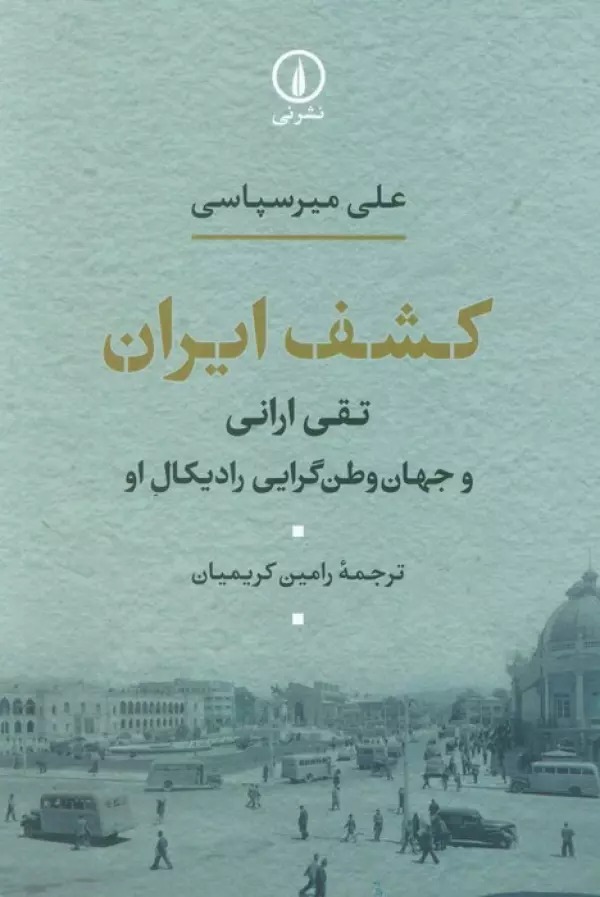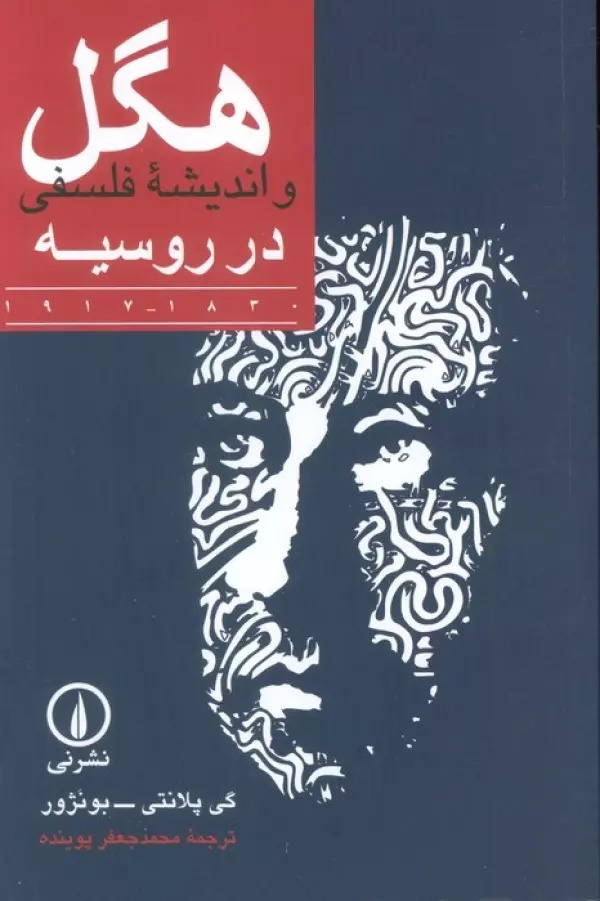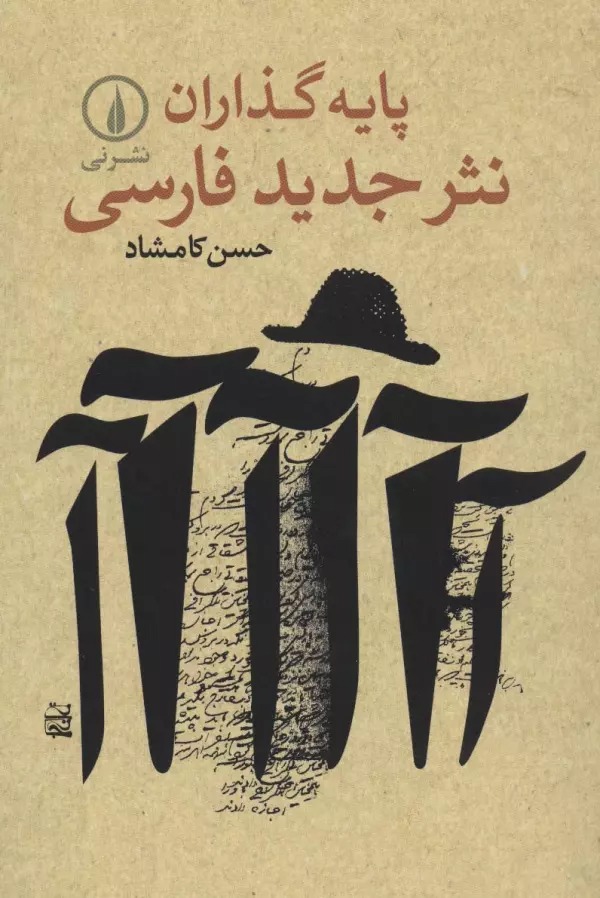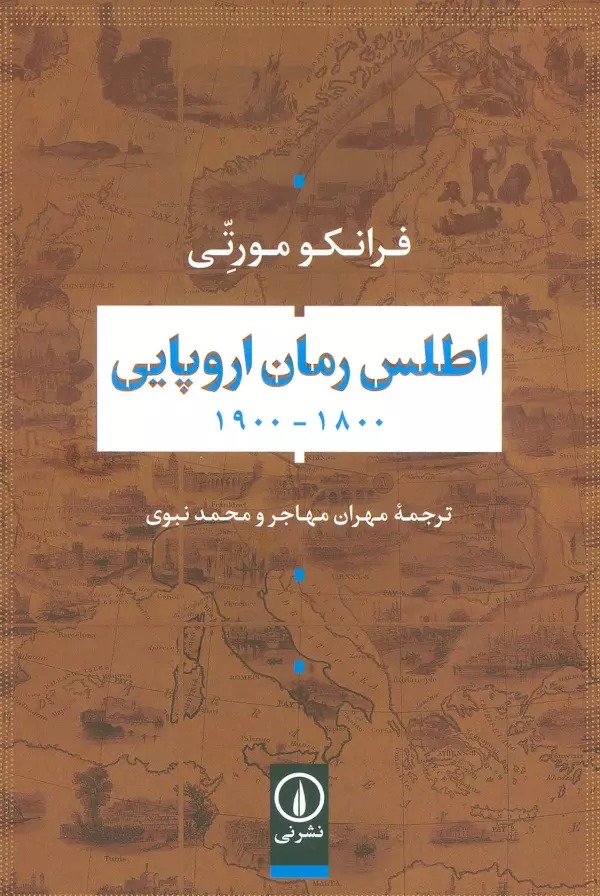Itnumūzīkuluzhī: Rūykard'hā-yi Muṭāli'ātī: Persiska (Farsi) 1401
اتنوموزیکولوژی: رویکردهای مطالعاتی
16,93 $
Dela
Wishlist
Originaltitel:
اتنوموزیکولوژی: رویکردهای مطالعاتی
ISBN:
9786220604280
Förlag:
Nashr-i niy
Åldersgrupp:
Vuxen
Sidor:
320
Vikt:
470 g
Produktmått:
18 x 25 x 2
,
9 cm
Bokomslag:
Pocketbok
McAllister says: "Music is essentially a question of human values, not notes" and Gurali Kenneth considers ethnomusicology to be a field that develops the study of "music as sound" into the study of "man making music". Gilbert Chase believes that the history of music is a conversation with the dead, but ethnomusicology is a conversation with the living. The current book defines music as follows: "Music is the regulated occurrence of sounds in the context of time based on ethnic aesthetic norms in a certain historical period"; Maybe the aesthetic norms of the neighboring tribes will be different from the aesthetic norms of my people tomorrow. What is always in a human song or song is more than an organized set of sounds, and this "more" is very surprising. The complexity of man's beliefs and his surprising relationships with himself and others are so mysterious that they can be revealed only in the context of a phenomenon like the wonder of music. We are looking for clues to the mystery of man, and perhaps nothing can give us these clues like music. In this difficult path, however, we have one main gift to be proud of; We are human ourselves, and this greatly contributes to our revelations. We experience human wonders such as passion, ecstasy, ecstasy, seduction, fear, desire for immortality, and above all love, which is the secret of many songs. Every time we "anthropomusicologists" think about our field, we are filled with joy like a child who has discovered the greatest truth of existence, and it doesn't matter how many times we have been excited like this before.
more
مکآلستر میگوید: «موسیقی در اصل مسئلهی ارزشهای انسانی است، نه نُتها» و گورالی کِنِث اتنوموزیکولوژی را ساحتی میداند که مطالعهی «موسیقی بهعنوان صدا» را به مطالعهی «انسان موسیقیساز» رشد میدهد. گیلبرت چِیس معتقد است تاریخِ موسیقی گفتوگو با مردگان است، اما اتنوموزیکولوژی گفتوگو با زندگان. کتاب حاضر موسیقی را چنین تعریف میکند: «موسیقی رخداد ضابطهمند اصوات در بستر زمان بر اساس هنجارهای زیباییشناختیِ قومی در دورهی تاریخیِ معین است»؛ شاید هنجارهای زیباییشناسیِ اقوام همسایه با هنجارهای زیباییشناسیِ قوم من فردا دیگرگون شود. همواره آنچه در یک آواز یا نغمهی انسانی وجود دارد بیش از مجموعهی سازمانیافتهی اصوات است و این «بیش» بسیار شگفتانگیز است. پیچیدگی باورهای انسان و روابط شگفتآوری او با خود و دیگری، چنان رمزآلود است که تنها در بستر پدیدهای به شگفتی موسیقی امکان بروز مییابد. ما به دنبال سرنخهایی برای کشف راز انسان هستیم و شاید هیچ چیزی مانند موسیقی نتواند این سرنخها را به دست ما بدهد. در این مسیر دشوار، اما، ما یک موهبت اصلی داریم که به آن میبالیم؛ ما خود انسان هستیم و این کمک بزرگی به مکاشفات ما میکند. ما خود شگفتیهای انسانی مانند شوریدگی، وجد، خلسه، اغواگری، ترس، آرزوی جاودانگی و از همه بالاتر عشق را، که راز بسیاری از نغمهپردازیهاست، تجربه میکنیم. ما «انسانموسیقیشناسان» هر بار که به ساحت رشتهی خود میاندیشیم باز هم بهسان کودکی که بزرگترین حقیقت هستی را مکاشفه کرده است، با تمام وجودمان سرشار از شعف میشویم و این مهم نیست که قبلاً چند بار به این صورت هیجانزده شده باشیم.
more

